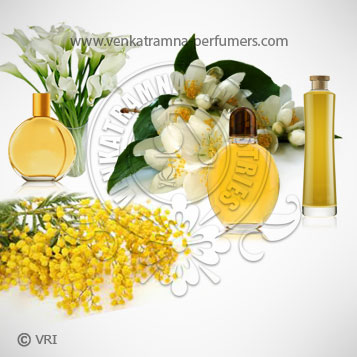
| Botanical Name | Mentha piperita |
| Common Name | Peppermint |
| Country of Origin | India |
| Solubility | Soluble in 3 vols. as 70% Alcohol |
| Specific Gravity | 0.90 to 0.915 |
| Optical Rotation | -22.0(@25°C) |
| Refrective Index | 1.425 0 |
| PlantPart | Leaves |
| Bland With | Angelica Root, Basil, Bergamot, Carrot Seed, Cedarwood, Citronella, Clary Sage, Grapefruit, Jasmine, Lavender, Lime, Neroli, Orange and Rosemary. |
| CAS No | 9005-90-7 |
| Flash Point | 150.00 °F. |
| Extraction Method | Steam Distilled |
It is a colour-less to pale yellowish coloured which is from Indian origin.
Peppermint was first described in 1753 by Carolus Linnaeus from specimens that had been collected in England; he treated it as a species, but it is now universally agreed to be a hybrid. It is a herbaceous rhizomatous perennial plant growing to 30–90 cm (12–35 in) tall, with smooth stems, square in cross section. The rhizomes are wide-spreading, fleshy, and bare fibrous roots. The leaves are from 4–9 cm (1.6–3.5 in) long and 1.5–4 cm (0.59–1.6 in) cm broad, dark green with reddish veins, and with an acute apex and coarsely toothed margins. The leaves and stems are usually slightly hairy. The flowers are purple, 6–8 mm (0.24–0.31 in) long, with a four-lobed corolla about 5 mm (0.20 in) diameter; they are produced in whorls (verticillasters) around the stem, forming thick, blunt spikes. Flowering is from mid to late summer. The chromosome number is variable, with 2n counts of 66, 72, 84, and 120 recorded.Peppermint is a growing plant once it sprouts. It will spread very quickly.
Color : colour-less to Pale Yellowish & musty,
Aroma : soothing woody scent.
Menthone, alpha Pinene, Beeta-pinene & L-limonene
This essential oil is used as flavoring ingredient in the preparation of confectionary items and perfumes. This is also a common ingredient of various derivatives